In 2014, we created the Man on Bridge project, focusing on the photos of Arthur Fields, a street photographer who stationed himself on O’Connell Bridge and O’Connell Street from the 1930s to the 1980s. Arthur had come from Ukraine in the early part of the 20th century. He was a member of the city’s Jewish community and was most likely fleeing religious persecution in his homeland. He went into the photography trade and worked alongside other street photographers in the capital. At a time when cameras were out of reach to most, Fields and his colleagues would offer a photography service to passersby called a “walkie” photograph. This was how ordinary people were able to get a candid photograph of themselves out and about, and the service was popular for a long time.
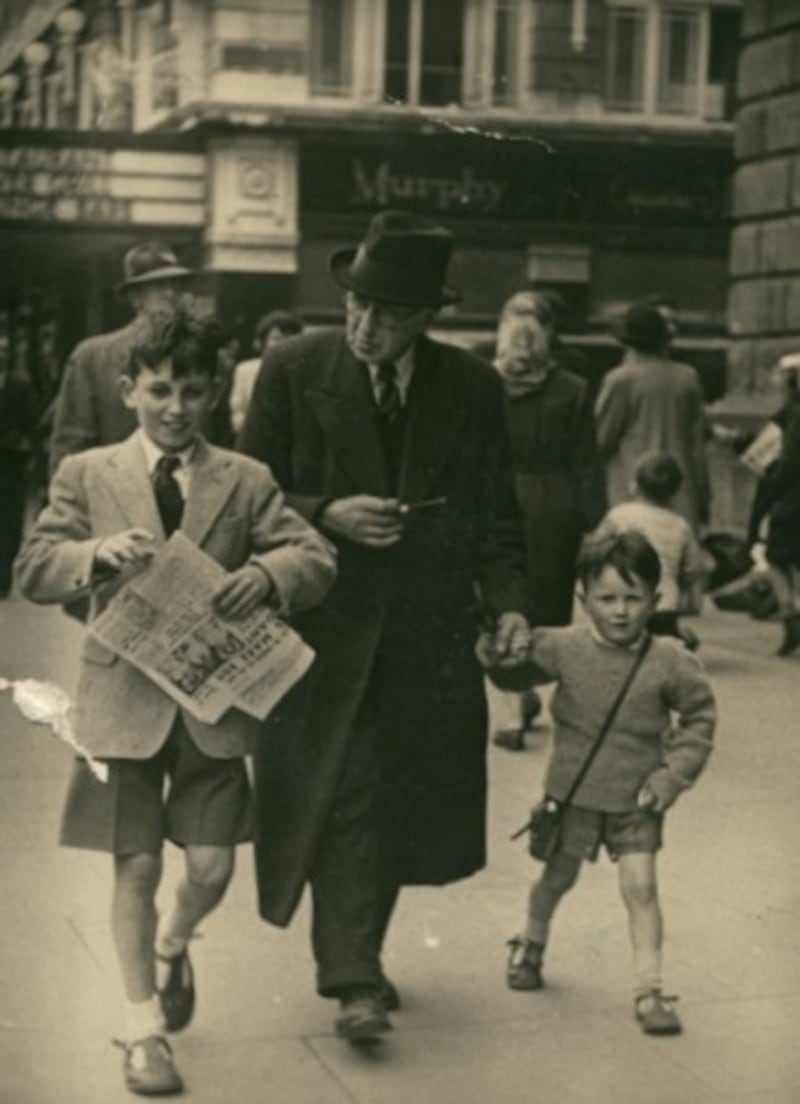
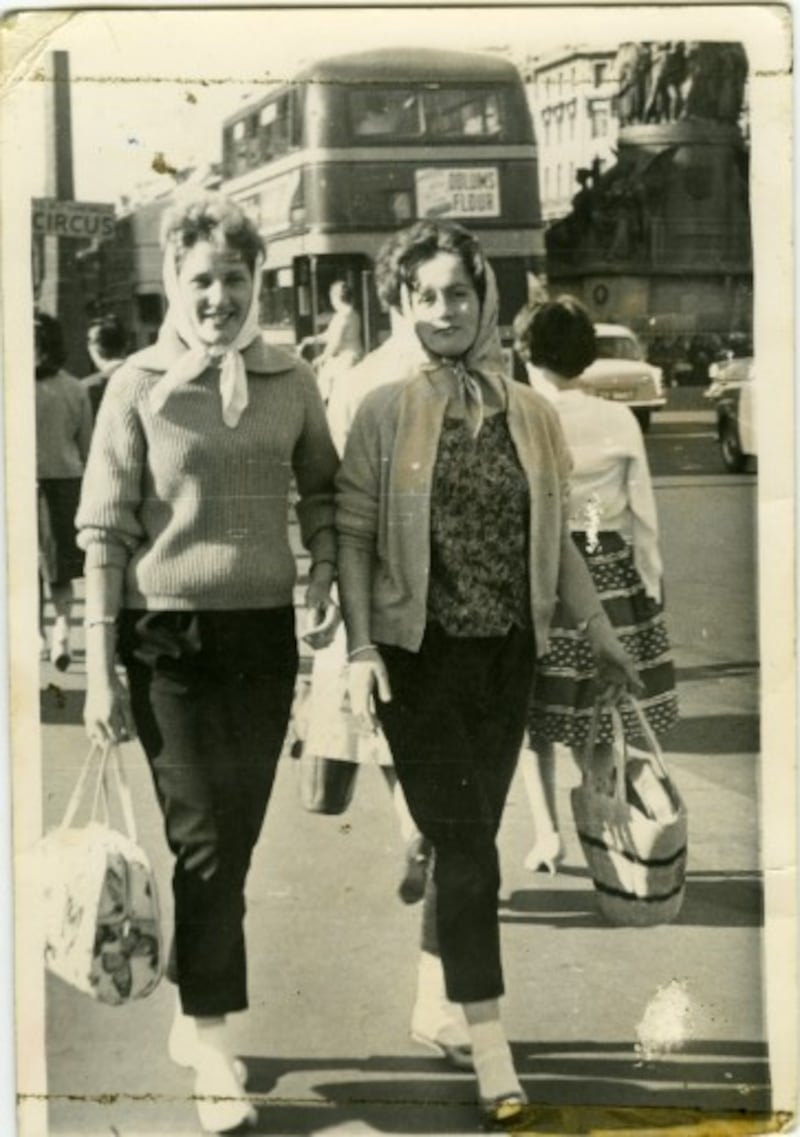
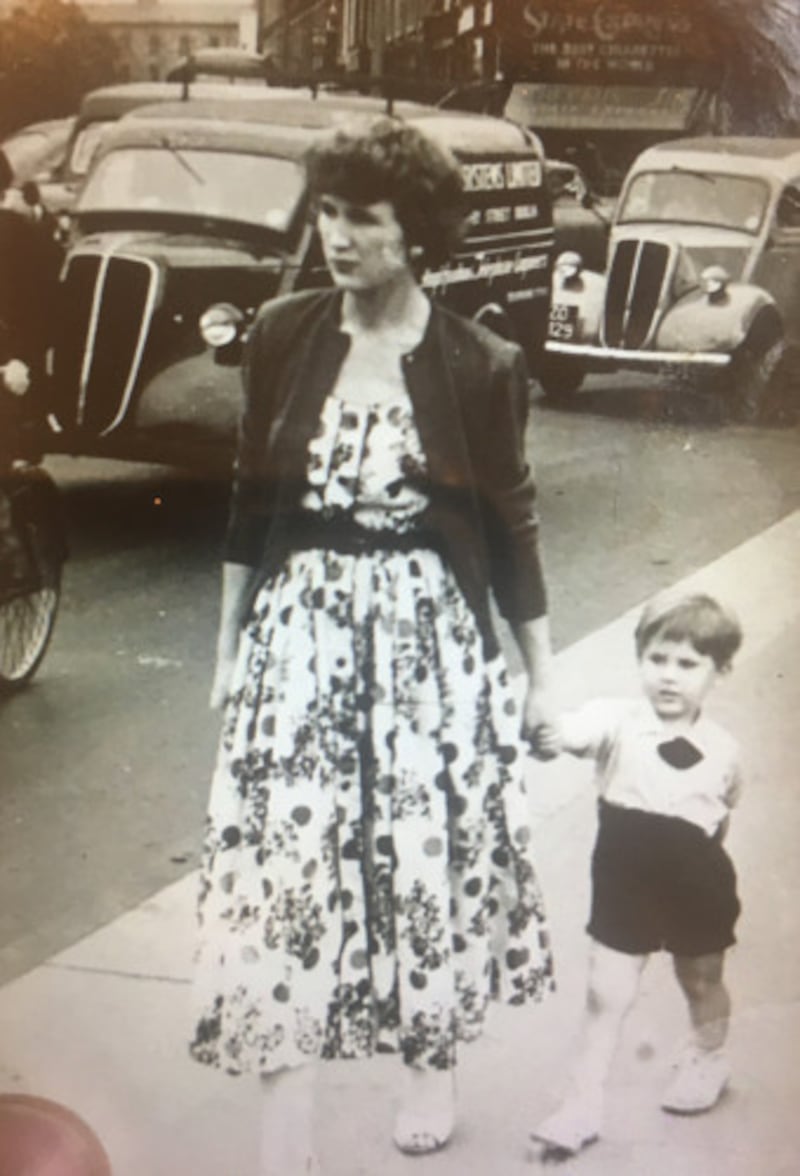
Throughout his career, Fields’s work ethic was incredible, verging on obsession. Working 365 days a year, Fields was a constant presence on the street. He became the longest-serving photographer in the area and the last surviving street photographer of his kind in Ireland. By the tail end of his career, custom had waned as ordinary people could afford their own cameras. Despite this, he kept going and only stopped when he physically couldn’t do it any more.
[ O’Connell Street: Can our premier street be restored to its former glory? ]
Over about 50 years, Fields used his lens to capture everyday Dublin and everyday Dubliners. However, with the negatives destroyed, that record ultimately lay in the family albums of those who purchased a photo from him. That was the focus of the Man on Bridge project, which encouraged members of the public to contribute their own family photo taken by Fields, and reveal the story behind it. We collected more than 8,000 photos and together they form a social record of Dublin across 50 years, something of a “people’s photographic history”.
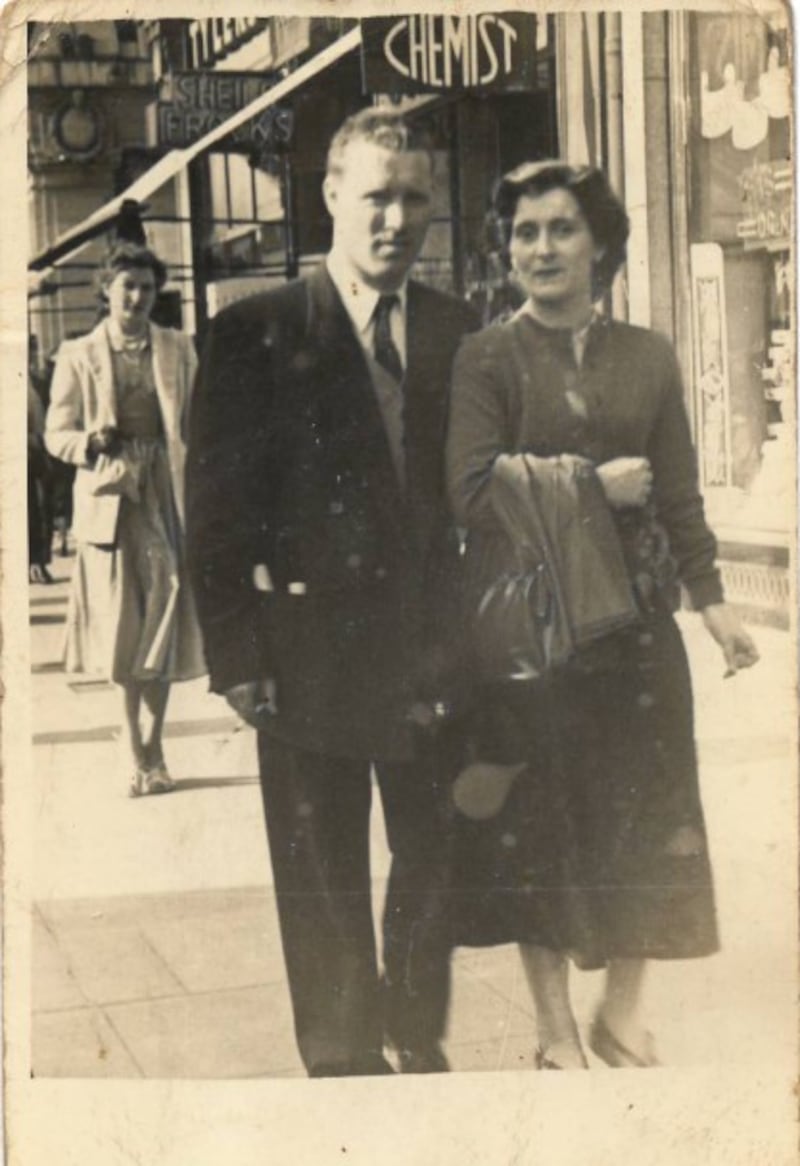
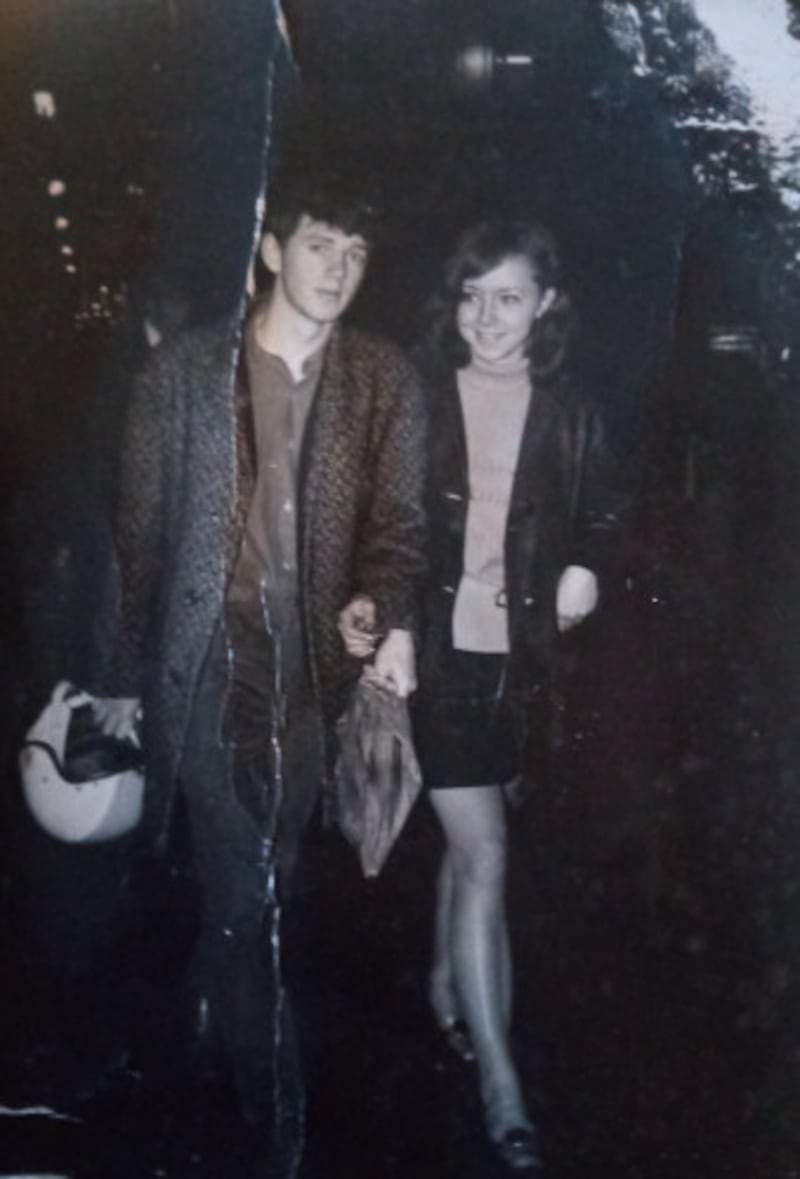
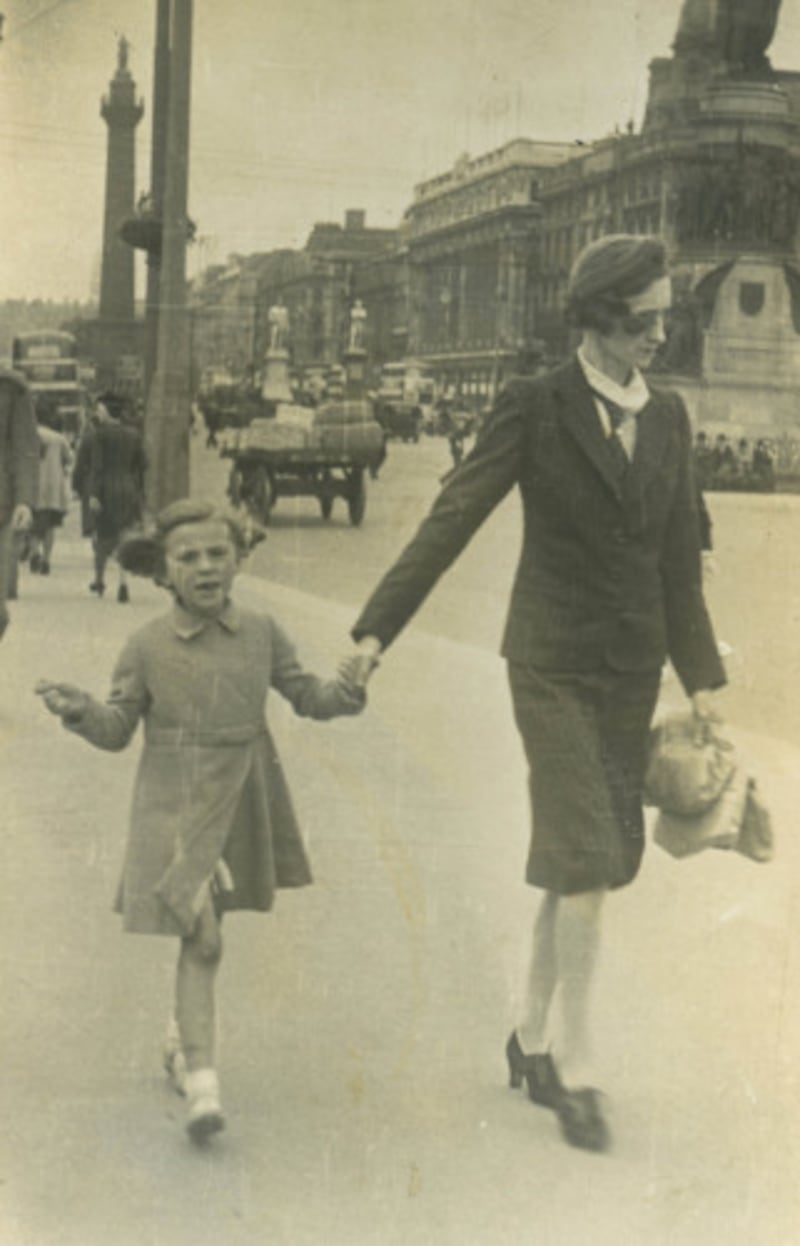
Looking at the images as a whole, some trends are apparent, including how people dressed, from a more formal to a more casual style; how people socialised, from non-alcoholic dinner dances to people falling out of nightclubs; and also how people ate, from the Rainbow Cafe to Burger King. Those changes are interesting to chart but there’s also a sameness in the archive – lives are presented as similar, families are presented as nuclear and personal milestones (first dates, engagements, marriages, new arrivals) are presented as linear. I suppose that’s probably reflective of Ireland during that period and of the instances that people deemed worthy of recording. However, looking at the archive today and in the context of O’Connell Street now, the absence of diversity in how people looked and dressed in Fields’s photos is notable.
READ MORE
[ Census 2022: Five things we learned about ourselvesOpens in new window ]
[ The night Nelson’s Pillar fell and changed DublinOpens in new window ]
To look at those who walk the street today, there is an array of people from diverse backgrounds with different attitudes and life goals than those whom Fields captured on film. Even though the street has its issues, the change in the make-up of Dublin’s citizenry can surely be taken as a positive.
Ciarán Deeney is the project director and producer of the Man on Bridge archive and a producer at EZ Films


















